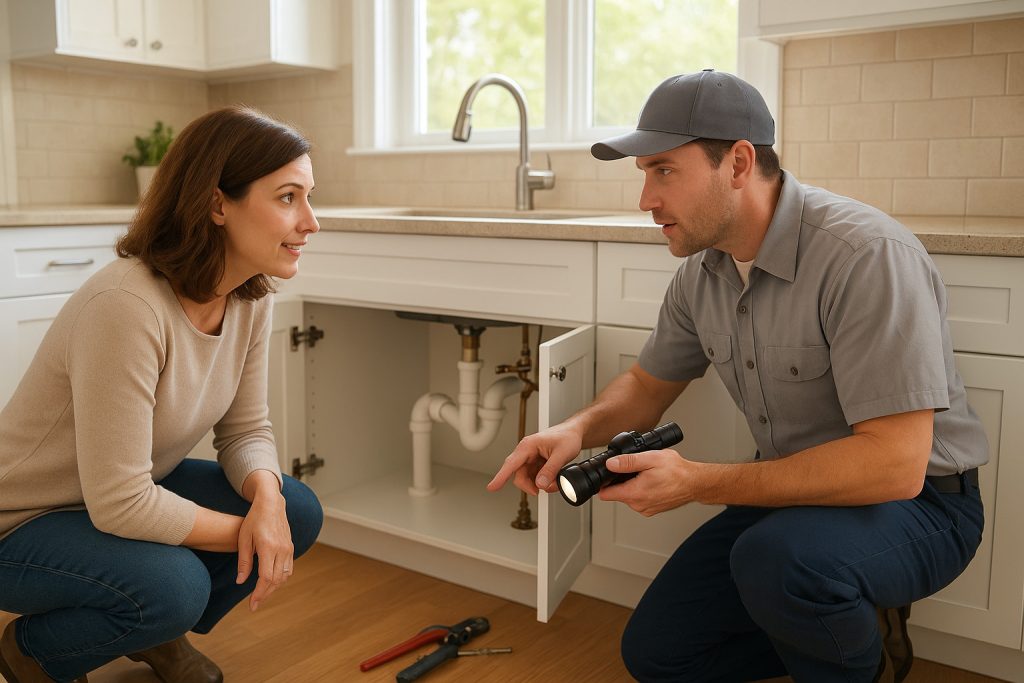Your home’s plumbing system is one of the most important—and often most overlooked—parts of your house. It delivers clean water where you need it, safely removes wastewater, and keeps daily life running smoothly. But unless something goes wrong, most homeowners don’t give much thought to how their plumbing actually works.
At Regal Plumbing, we believe that a little knowledge goes a long way. By understanding the basic components of your plumbing system, you can spot small problems early, avoid major water damage, and know when it’s time to call in the professionals. Here’s a simple breakdown of how your plumbing works and what you should know about its key parts.

Supply Lines: Bringing Fresh Water In
Your plumbing system starts with supply lines, which are pipes that deliver clean water into your home under pressure. This pressure ensures that water can reach all of your faucets, showers, appliances, and fixtures. Supply lines are typically made of copper, PEX, or CPVC, and they run throughout the house, branching off to each room where water is needed.
Drain Lines: Carrying Wastewater Away
Once you’ve used the water, it has to go somewhere. That’s where your drain lines come in. Drainpipes rely on gravity to carry wastewater out of your home and into either a city sewer line or a private septic system. Unlike supply lines, these pipes are larger in diameter and angled downward to keep water moving smoothly.
Vent Pipes: Keeping Things Flowing
Vent pipes are a hidden but essential part of your plumbing. They connect to your drain lines and extend up through the roof, allowing air to flow into the system. This air prevents suction from forming in the pipes, which could slow drainage or cause gurgling sounds. Without vents, your drains wouldn’t work properly, and you’d be dealing with clogs and odors on a regular basis.
Fixtures: The Access Points You Use Every Day
Fixtures are the sinks, toilets, showers, tubs, and faucets that give you access to water. While these are the most visible parts of your plumbing system, they rely on the hidden network of pipes, drains, and vents to function. Keeping fixtures in good condition by addressing leaks, drips, or clogs early helps maintain the entire system.
The Water Meter: Tracking Your Usage
Located near where your supply line enters your home, the water meter measures how much water you’re using. This is how your utility company determines your bill, but it can also be a useful tool for homeowners. If you suspect a hidden leak, checking your water meter for unexpected movement when all water is turned off can help confirm your suspicions.
Shut-Off Valves: Small Parts With a Big Job
Every home has a main water shut-off valve, along with smaller shut-offs at sinks, toilets, and appliances. These valves allow you to quickly stop the flow of water in the event of a leak or repair.
Homeowner Tip: Test your main shut-off valve at least once a year. Over time, valves can seize up if they aren’t used, leaving you unable to turn off the water in an emergency. A stuck valve can turn a small leak into a costly disaster.
Contact Regal Plumbing, Heating and AC to schedule an appointment for plumbing service. Committed to Service, Committed to You, Since 1974.
